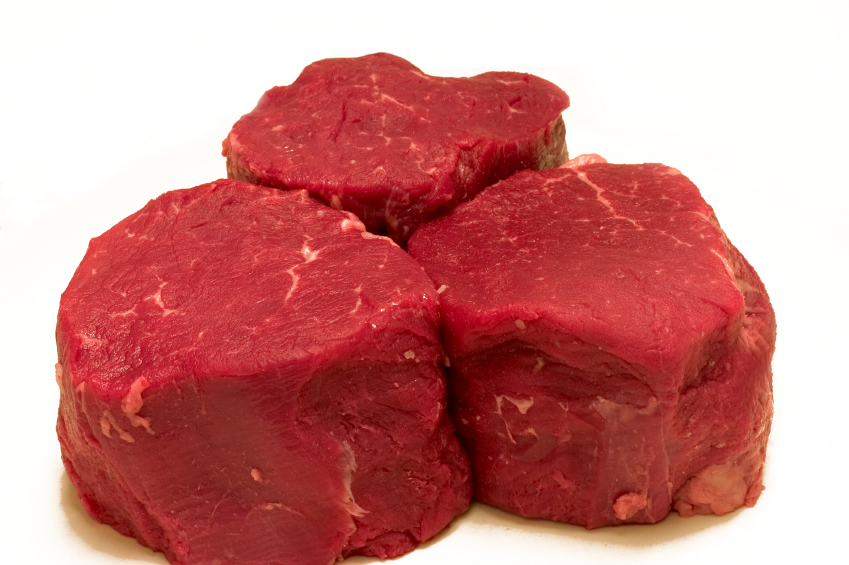I have never been a fan of writing. It has always come somewhat difficult to me. What bothered me the most was how writing has no end. There is no “right” answer to a writing prompt. One can always improve on their writing. Because of my dislike for writing, I was not completely motivated in the beginning of the quarter. After a little guidance from my instructor, I found my way back into the class. I didn’t give the class much of a chance. When I finally committed myself to the class, I quickly found my dread for writing was soon changed into a more positive outlook. Maybe it was the style of the class or the motivated instructor, either way I came out of this class with more joy in writing. I think I have met the learning outcomes in this class. Through certain posts I have learned how to implicitly and/or explicitly define my audience, used styles and tones effectively, and demonstrated practical uses for my writing.
I found communicating to a specific audience is quite simple. One of my early posts was about the release of iPhone 4S. In this task, I took an existing article and rewrote it to fit a slightly different audience. This task was daunting at first. I kept thinking, “how can I write better than a published author?” I hit the article head on. The news article mentioned the new features of iPhone 4S, and the differences from previous models. Being knowledgeable in technology, I thoroughly explained how the new features would affect an everyday user. I think I successfully rearticulated the article to be easily read by a broad audience.
As an author, I prefer to incorporate voice into my writing. Some make the argument that voice creates a bias and makes the author less credible. I think effectively using voice adds personality to the writing. Personal voice creates a connection between the reader and the author. Therefore making the article more of a pleasure to read. I have written a few articles incorporating voice. I think my most effective article is the classification of sports fans. I go into detail describing the differences in sports fans. I chose voice in this article to add some personal insight from an athlete and a fan. This style allows the reader to gain perspective on sports fans.
Every article I posted was an example of practical writing. None of the prompts were predetermined, therefore giving freedom to the writer. My article on cooking filet mignon is my best example of a practical use. I wrote this article on to help the reader to cook an awesome filet. This article goes far beyond a recipe. I analyze each step so that the reader(chef) can fully understand the importance of each step. I think this article is a useful tool for anyone who wants to cook up a fancy meal.
Throughout this course I have written some decent articles that I am proud of. I can walk away knowing I have met the learning outcomes through my many posts. These posts include a variety of different topics, styles, and purposes. More so than just meeting the learning outcomes, I have learned to enjoy writing on a regular basis. I am a man of many hobbies. Historically writing has never been one of my hobbies. I may continue with writing on the blog.





